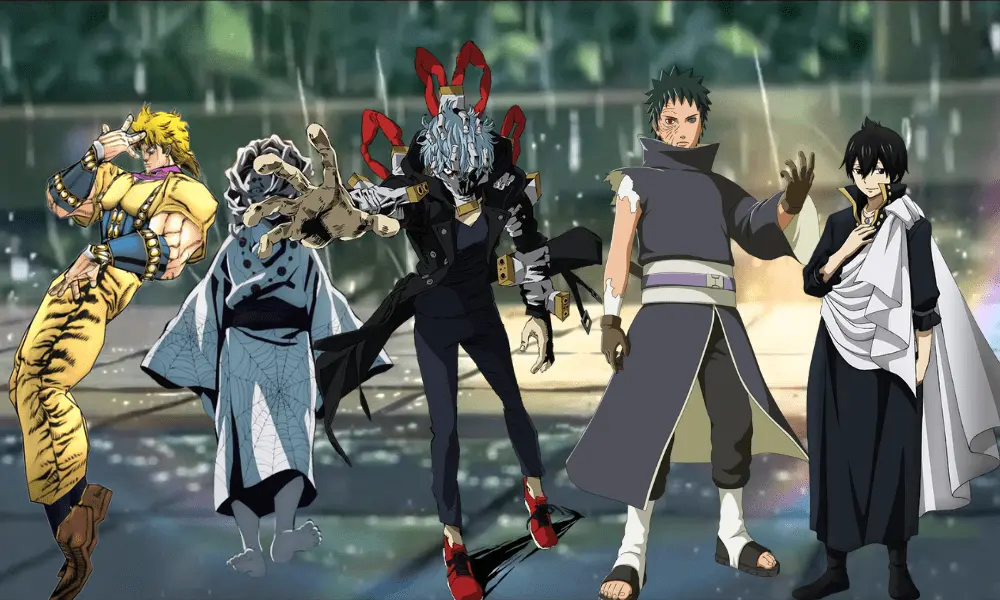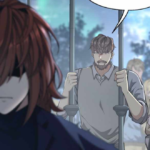- The Main Character is the Villain 23
- FAQs
The Main Character is the Villain 23
In the realm of literature and storytelling, protagonists have traditionally been portrayed as virtuous heroes, fighting against the forces of evil. However, there are instances where authors take a daring approach and present the main character as the villain. This narrative twist adds complexity and intrigue to the story, challenging readers’ perceptions and creating a unique reading experience. In The Main Character is the Villain 23 of our ongoing series, we delve into the fascinating concept of the main character assuming the role of the villain.
1. Introduction: Setting the Stage
When a protagonist takes on the mantle of the villain, it shakes the foundations of traditional storytelling. This unexpected twist forces readers to question their preconceived notions and invites them to explore the intricate depths of the main character’s psyche. By defying conventions, authors open the door to new narrative possibilities and create thought-provoking narratives that leave a lasting impact on their audience.
2. Understanding the Main Character’s Journey
2.1 The Initial Perception of the Main Character
At the beginning of the story, the main character may appear as a typical hero, garnering sympathy and support from readers. The author masterfully establishes the main character’s likeability, ensuring that readers emotionally invest in their journey. This initial perception sets the stage for the shocking revelation to come.
2.2 Development of Complexity
As the story progresses, subtle hints and clues start to emerge, indicating a hidden darkness within the main character. These breadcrumbs of complexity gradually unravel, challenging the reader’s initial perception. The main character’s actions become increasingly ambiguous, blurring the line between hero and villain.
2.3 Transformation into the Villain
In Chapter 23, the main character’s transformation into the villain becomes evident. The pivotal moment, carefully built up throughout the narrative, shatters the reader’s expectations and leaves them captivated by the character’s descent into darkness. This turning point is crucial in establishing the main character’s villainous role, paving the way for a thrilling climax.
3. Unveiling the Villain’s Motivations
3.1 A Traumatic Past
To understand the main character’s shift towards villainy, we delve into their past. An exploration of their traumatic experiences and the emotional scars they carry sheds light on their motivations. Past injustices and personal tragedies often drive the main character towards a path of revenge and self-destruction.
3.2 Desire for Revenge
The desire for revenge becomes a driving force for the main character’s villainous actions. The intense need to avenge past wrongs consumes them, blinding them to the consequences of their deeds. This thirst for retribution leads the main character down a dark and dangerous path.
3.3 Lust for Power
Another compelling motivation for the main character’s transformation into the villain is the insatiable lust for power. As their ambition grows, they become willing to sacrifice their morality and manipulate others to attain dominance. The allure of power entices the main character and fuels their descent into villainy.
4. Exploring the Psychological Depths
4.1 The Inner Struggle
Throughout Chapter 23, the main character grapples with an internal conflict. Their struggle against their own darkness creates a captivating dynamic within the narrative. The battle between their remaining shreds of morality and the overwhelming desire for power intensifies the tension and keeps readers on the edge of their seats.
4.2 Moral Ambiguity
One of the fascinating aspects of the main character’s villainous role is the exploration of moral ambiguity. Their actions become morally questionable, blurring the line between right and wrong. This moral complexity challenges readers to question their own perceptions of morality and ethics.
4.3 The Duality of the Main Character
The main character’s transformation into the villain uncovers a duality that exists within them. They embody both light and darkness, good and evil. This internal struggle and the clash between these contrasting elements make the character multi-dimensional and relatable, despite their villainous actions.
5. Impact on the Storyline and Readers
5.1 Narrative Tension and Conflict
By making the main character the villain, the author injects a new level of narrative tension and conflict into the story. The readers become emotionally invested in the outcome, eagerly following the character’s journey and anticipating the clash between the main character and other pivotal figures in the narrative.
5.2 Emotional Engagement
The main character’s transformation into the villain creates a powerful emotional engagement between the readers and the story. This unexpected twist generates a range of emotions, from shock and disbelief to empathy and even fascination. The readers become deeply involved in the character’s psyche, eagerly witnessing their descent into darkness.
5.3 Reader Empathy
Paradoxically, despite assuming the role of the villain, the main character often evokes empathy from the readers. The complexities of their past, the inner struggles they face, and the motivations driving their actions create a connection with the readers. This empathy adds depth and richness to the narrative, leaving a lasting impression on the audience.
6. The Controversy Surrounding the Main Character as the Villain
6.1 Breaking Stereotypes
Presenting the main character as the villain breaks free from the traditional stereotypes of storytelling. This daring narrative choice challenges the status quo, defying reader expectations and providing a fresh perspective on character development. It opens up a world of possibilities for authors to explore uncharted territories within their narratives.
6.2 Challenging Conventional Norms
By challenging conventional norms, the main character as the villain challenges readers to question their own preconceptions. This disruption of the established narrative structure sparks conversations and debates, elevating the literary discourse and pushing the boundaries of storytelling.
6.3 Pushing the Boundaries of Morality
The main character’s transformation into the villain prompts readers to confront their own understanding of morality. It raises ethical dilemmas and forces the audience to contemplate the shades of gray that exist within every individual. This exploration of morality within the context of the main character’s journey encourages readers to contemplate the complexities of human nature.
7. Conclusion
In The Main Character is the Villain 23 of our ongoing series, we delved into the intriguing concept of the main character assuming the role of the villain. This narrative twist challenges traditional storytelling and captivates readers with its complexity and depth. The main character’s transformation into the villain, their motivations, psychological depths, and impact on the storyline and readers create a truly immersive and thought-provoking reading experience.
FAQs
Q1. What is the significance of making the main character the villain in a story?
Making the main character the villain adds complexity and intrigue to the narrative. It challenges traditional storytelling conventions and forces readers to question their perceptions and expectations.
Q2. How does the main character’s transformation into the villain impact the readers emotionally?
The main character’s transformation evokes a range of emotions in readers, including shock, empathy, and fascination. It creates a deep emotional engagement and leaves a lasting impression on the audience.
Q3. Does presenting the main character as the villain break stereotypes?
Yes, presenting the main character as the villain breaks free from traditional stereotypes and provides a fresh perspective on character development. It challenges conventional norms and pushes the boundaries of storytelling.
Q4. Can readers empathize with the main character despite their villainous actions?
Yes, readers can empathize with the main character despite their villainous actions. The complexities of their past, inner struggles, and motivations create a connection with the readers, adding depth and richness to the narrative.
Q5. How does making the main character the villain impact the overall narrative tension and conflict?
Making the main character the villain intensifies the narrative tension and conflict. Readers become emotionally invested in the outcome, eagerly following the character’s journey and anticipating the clash between the main character and other pivotal figures in the story.





